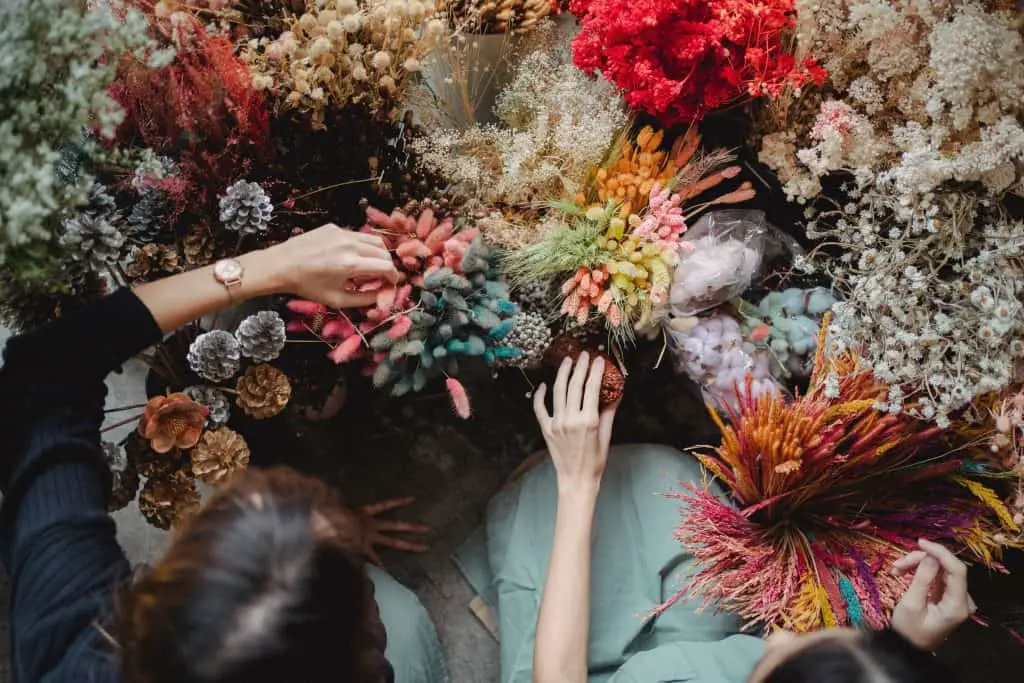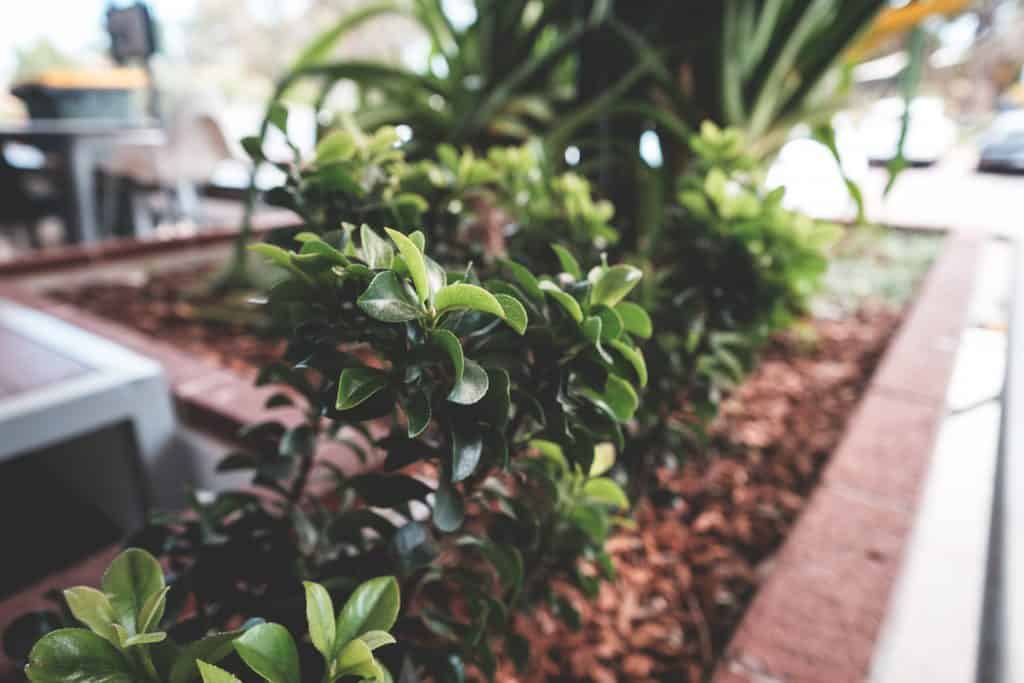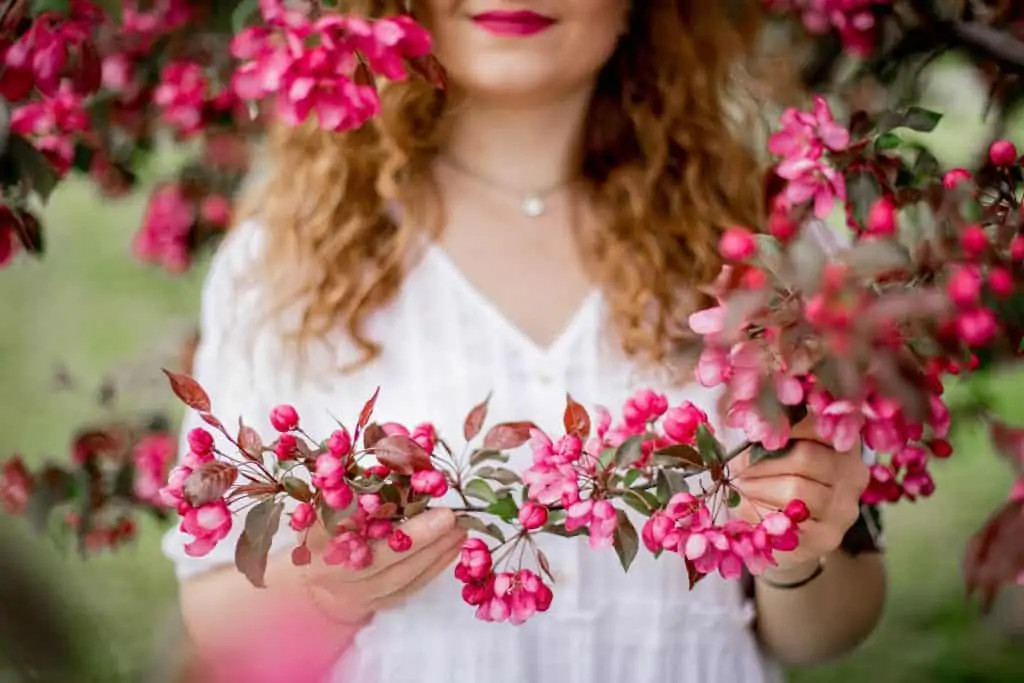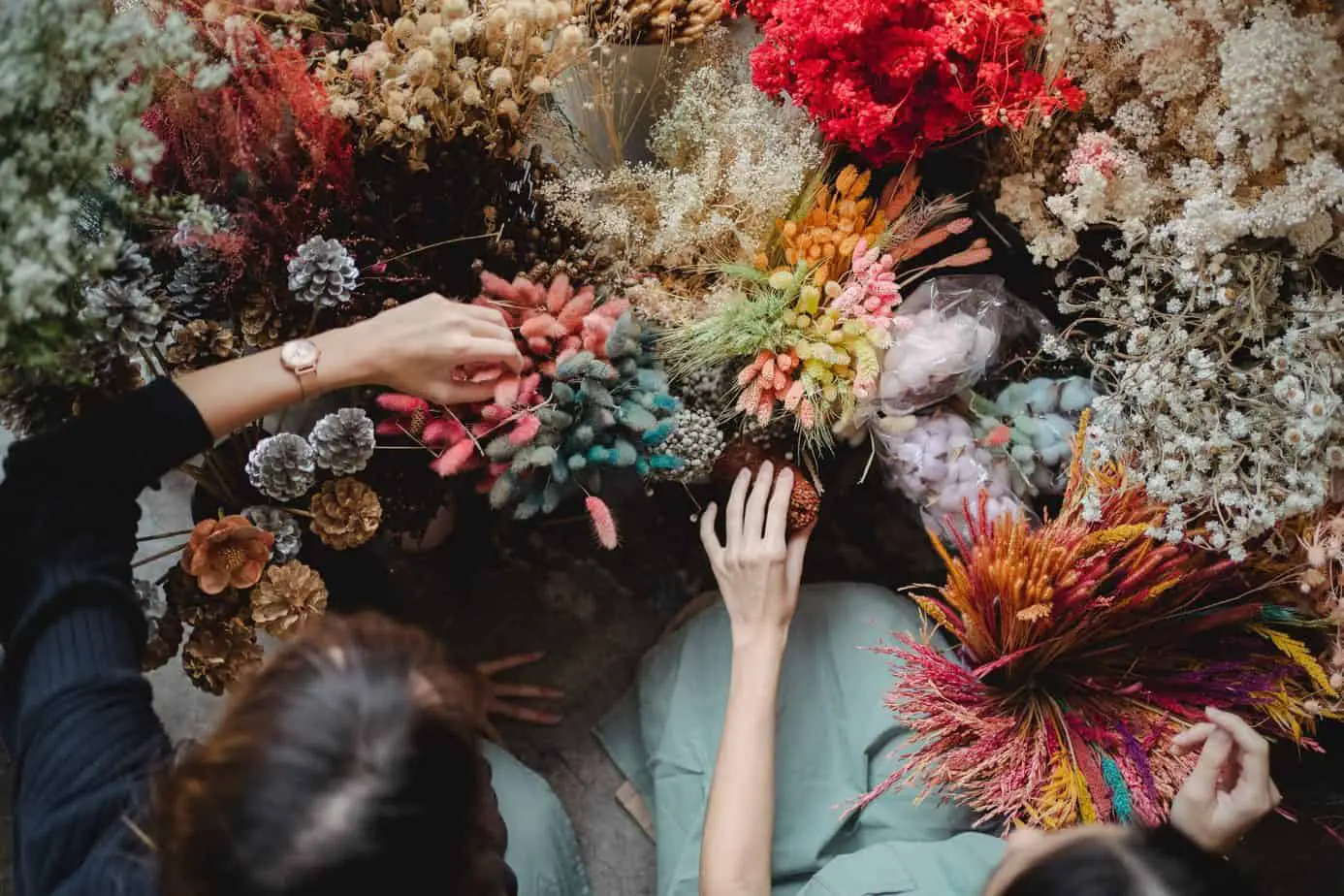
If you are looking to garden on a small scale, then you want to make sure that you choose the right plants. Not every plant is going to be suitable for a small garden. In this blog post, we will discuss the 8 best plants for a small garden.
These plants are perfect for anyone who wants to have a beautiful and lush garden, without taking up too much space!
Let’s get started!
- Cornus Kousa (Kousa Dogwood)
The Cornus kousa is a beautiful dogwood that can be found in the United States and Asia. This plant grows to be about 12-15 feet tall and has lovely white flowers that bloom in the springtime. The Kousa dogwood is an excellent choice for anyone who wants a large, showy plant for their small garden.
Another interesting read: Ultimate Tips And Guides For Starting A Sunflower Garden
This plant is also a good choice for those who are looking for something that is drought tolerant. The Kousa dogwood does not require a lot of water, and can thrive in dry conditions. This makes it the perfect choice for anyone who lives in an area with hot summers and low rainfall.
- Liriope Muscari (Lily Turf)-One Of My Favorite Plants For A Small Garden
Liriope muscari is a beautiful and versatile plant that can be used in both small and large gardens. It has dark green leaves and spikes of purple flowers that bloom from late summer into fall. Liriope is drought tolerant and does well in shady areas.
Another interesting read: 5 Important Facts You Need To Know About Hosta Bulbs
Lilyturf can be planted in spring or fall. For best results, mix compost into the soil before planting. Space plants 12-18 inches apart.
Liriope muscari requires little care once it is established. Water regularly during periods of drought, and clip off brown leaves as needed. Fertilize with a balanced fertilizer once a year in spring.
- Acer Palmatum ‘sango Kaku’ (Coral Bark Japanese Maple)

The dazzling Japanese maple is one of the most sought-after plants in cultivation. It has attractive, reddish-orange bark that becomes more pronounced in winter. The small leaves are a delicate green with a pink tinge and turn brilliant shades of orange and red in autumn.
Sango Kaku grows best in full sun or partial shade and is happy in most soil types as long as they are well-drained. It is a slow grower and may take up to 15 years to reach its full size.
Another interesting read: Top 10 Useful Soil Digging Tools You Must Have In Your Garden
The coral bark Japanese maple makes an excellent focal point in any garden and can be used to great effect when planted alongside other colorful plants. It is also perfect for small gardens as it does not require a lot of space.
This versatile tree can be used in everything from formal gardens to woodland settings and makes an excellent addition to any home garden.
- Lavender
Lavender is a beautiful plant that can be used in both small and large gardens. It has purple flowers that smell amazing, and it’s a great plant to have around if you want to attract bees and butterflies. Lavender is also drought-tolerant, so it’s perfect for gardeners who live in dry climates.
Lavender is a perennial plant, which means that it will come back year after year. It’s best to plant lavender in full sun, and it doesn’t need a lot of water or fertilizer. Lavender can be used to make tea, and the flowers can also be dried and used in potpourri.
If you’re looking for a beautiful and fragrant plant to add to your garden, lavender is a great choice!
- Hydrangea Quercifolia (Oakleaf Hydrangea)
This is an upright shrub reaching heights of up to 6 feet with a spread of about the same. The leaves are deeply lobed, resembling those of an oak tree, hence the species name. In late spring and early summer, it produces large clusters (panicles) of white flowers that turn pink as they mature.
It is hardy in USDA zones five through nine. In colder climates, it will die back to the ground each winter but return vigorously in the spring. It prefers moist, well-drained soil but can tolerate some drought once established.
The oakleaf hydrangea is a beautiful addition to any garden and is sure to be a standout feature. It is perfect for those with small gardens who want a large, showy plant.
- Echinacea Purpurea (Purple Coneflower)

This perennial wildflower is native to North America. It can be found in prairies, meadows, and open woodlands. The plant grows up to three feet tall with a single stem and produces large, daisy-like flowers in shades of purple, pink, or white.
The flowers are pollinated by bees, and the seeds are eaten by birds. Echinacea purpurea is drought-tolerant and tolerant of poor soils. It blooms from late spring to early fall.
This plant is often used in herbal medicine. The roots and leaves are dried and ground into a powder, which is then used to make tea, capsules, or tinctures. Echinacea purpurea is claimed to be a natural immune booster and is used to treat colds, the flu, and other respiratory infections. There is limited scientific evidence to support these claims, however. Introducing the panadol plant to your garden can also be a game-changer in promoting natural wellness.
Another interesting read: What Are The Ideal Materials For Garden Gates?
- Buxus Sempervirens (English Boxwood)
Buxus sempervirens is a slow-growing evergreen shrub or small tree with green, smooth leaves. It grows best in full sun to partial shade and moist, well-drained soil. This plant is winter hardy in USDA zones five through nine.
The English boxwood makes an excellent hedge or border plant. It can be pruned into a variety of shapes and is also used for topiary. Boxwood is deer resistant and attracts bees and butterflies.
This plant is susceptible to verticillium wilt, a fungal disease that causes leaves to turn brown and die. Be on the lookout for wilting leaves, which is a sign of verticillium wilt. Prune out and destroy any diseased branches.
- Clematis X ‘nelly Moser’
The Clematis ‘Nelly Moser’ is a vigorous climber that quickly covers a fence or trellis with beautiful deep pink flowers with contrasting yellow stamens from late spring into summer.
This Clematis is one of the most popular varieties for good reason – it’s easy to grow, robust, and produces an abundance of heavily scented blooms. It is perfect for a small garden, quickly covering an unsightly fence or trellis. Plant in full sun to partial shade.
Another interesting read: 7 Gardeners Trimming Tools- Choosing The Best Prunning Tool For Your Task
Pruning should be done immediately after flowering ends. Remove dead flowers, but do not cut the stem back into old wood. Prune back to a pair of healthy buds below the dead flowers.
Pruning will encourage new growth and more flowers next year.

